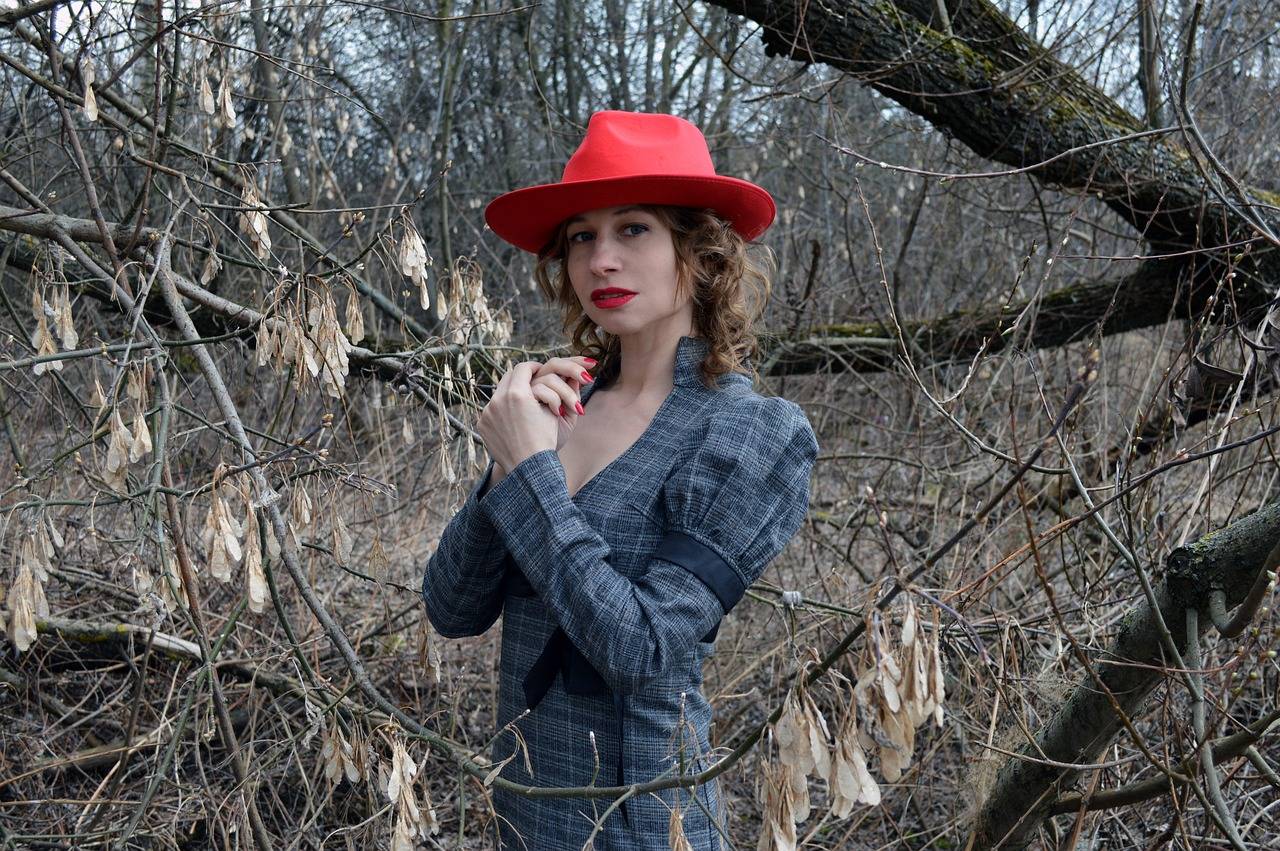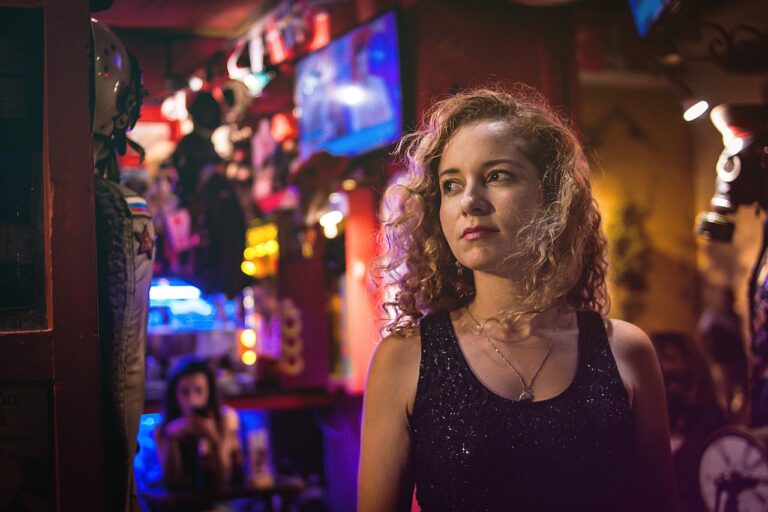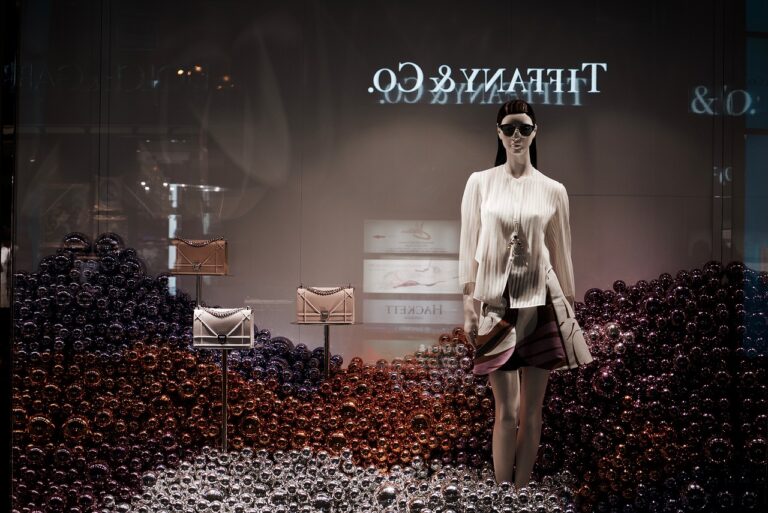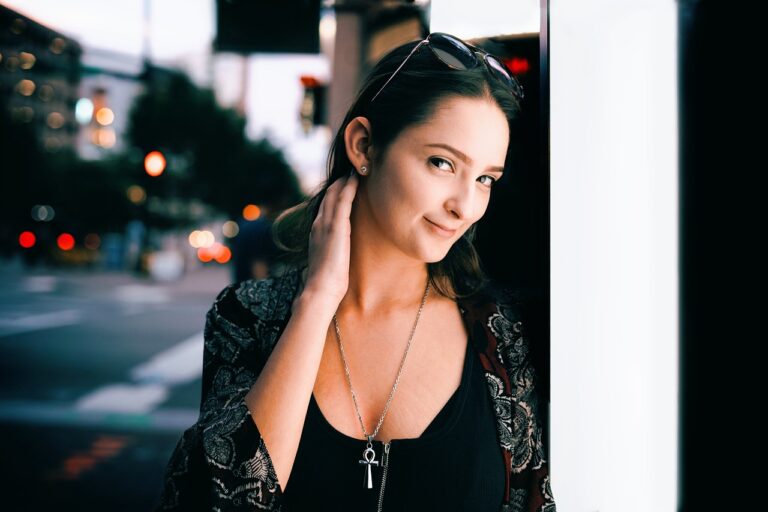Fashion Week: Behind the Scenes of the Biggest Events
Fashion Week, originally known as “Press Week,” made its debut in 1943 when the first organized fashion week was held in New York City. The event was created to showcase American designers’ creations to fashion journalists and potential buyers during World War II.
Since its inception, Fashion Week has evolved into a global phenomenon, with cities like Paris, Milan, London, and Berlin hosting their own versions of the event. Each city’s Fashion Week highlights the unique fashion perspectives and trends of the local designers, attracting fashion enthusiasts, industry professionals, and celebrities from around the world.
The Role of Fashion Week in the Fashion Industry
Fashion Week plays a pivotal role in the fashion industry by serving as a platform for designers to showcase their latest collections to a global audience of industry professionals, influencers, and consumers. The event provides a unique opportunity for emerging talents to gain recognition and establish their brands in a competitive market, while also allowing established designers to maintain their relevance and innovation within the industry.
Furthermore, Fashion Week serves as a trendsetting hub where new styles, colors, and silhouettes are introduced and embraced by fashion enthusiasts worldwide. The event influences not only the direction of design for future seasons but also shapes consumer behavior and purchasing decisions. By dictating what’s considered fashionable and on-trend, Fashion Week sets the stage for the entire fashion ecosystem, from luxury labels to fast-fashion retailers, to follow suit in creating and promoting the next big trends.
The Planning and Organization of Fashion Week Events
Fashion Week events require meticulous planning and organization to ensure their success. From selecting the venue to coordinating fashion shows and managing guest lists, every detail must be carefully thought out. Designers, stylists, models, and event planners work collaboratively to create a seamless and unforgettable experience for attendees.
The process starts months in advance, with teams working tirelessly to secure sponsors, create schedules, and finalize production details. Each fashion show is strategically planned to showcase the designer’s collection in the best possible light. The coordination of hair and makeup artists, lighting and sound technicians, as well as front-of-house staff, is crucial to executing a flawless event. The behind-the-scenes work that goes into organizing Fashion Week events is truly a testament to the dedication and creativity of the industry professionals involved.





